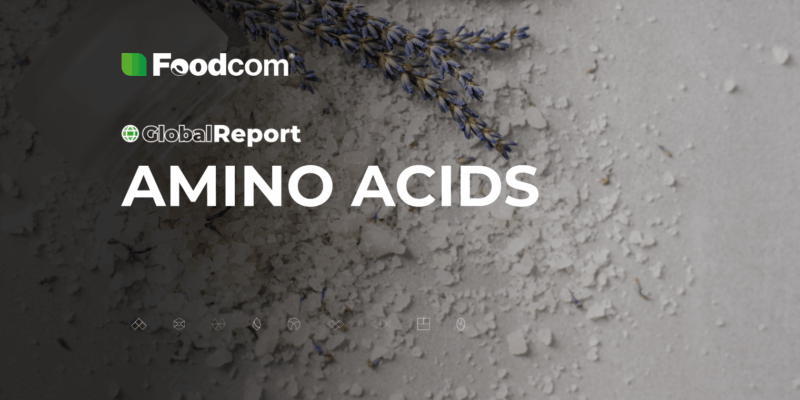Развивайте свои знания о рынке
Мы охотно делимся советами и новостями с нашими деловыми партнерами — как на встречах в рамках отраслевых мероприятий, так и в наших статьях и рассылке.

Всестороннее знание рынка
Опытные отраслевые эксперты
Уникальные советы для бизнеса
Последняя статья

Global Report: Аминокислоты 2026
Рынок аминокислот популярен в настоящее время и, как ожидается, будет продолжать расти в будущем. Однако отрасль динамична и характеризуется различными колебаниями цен.
19.12.2025
Выберите категорию
— последнее обновление
Подпишитесь на нашу рассылку и опередите своих конкурентов.

Нет результатов

